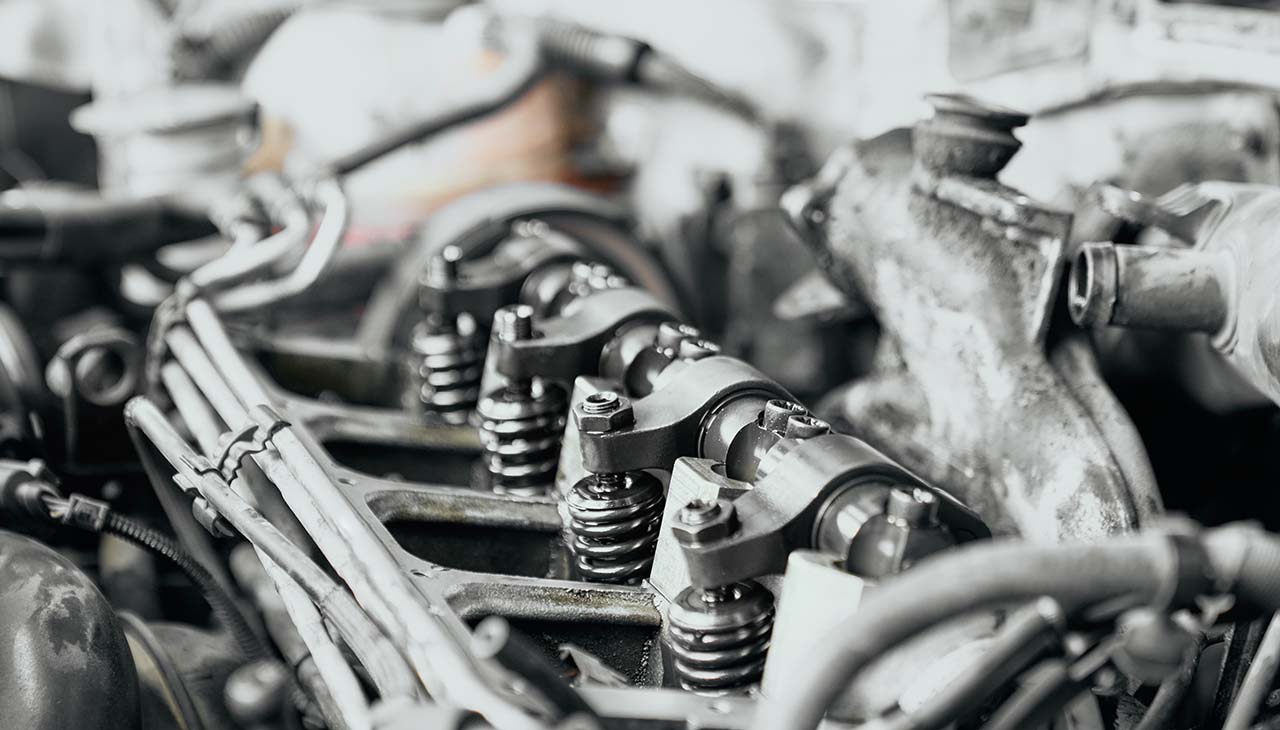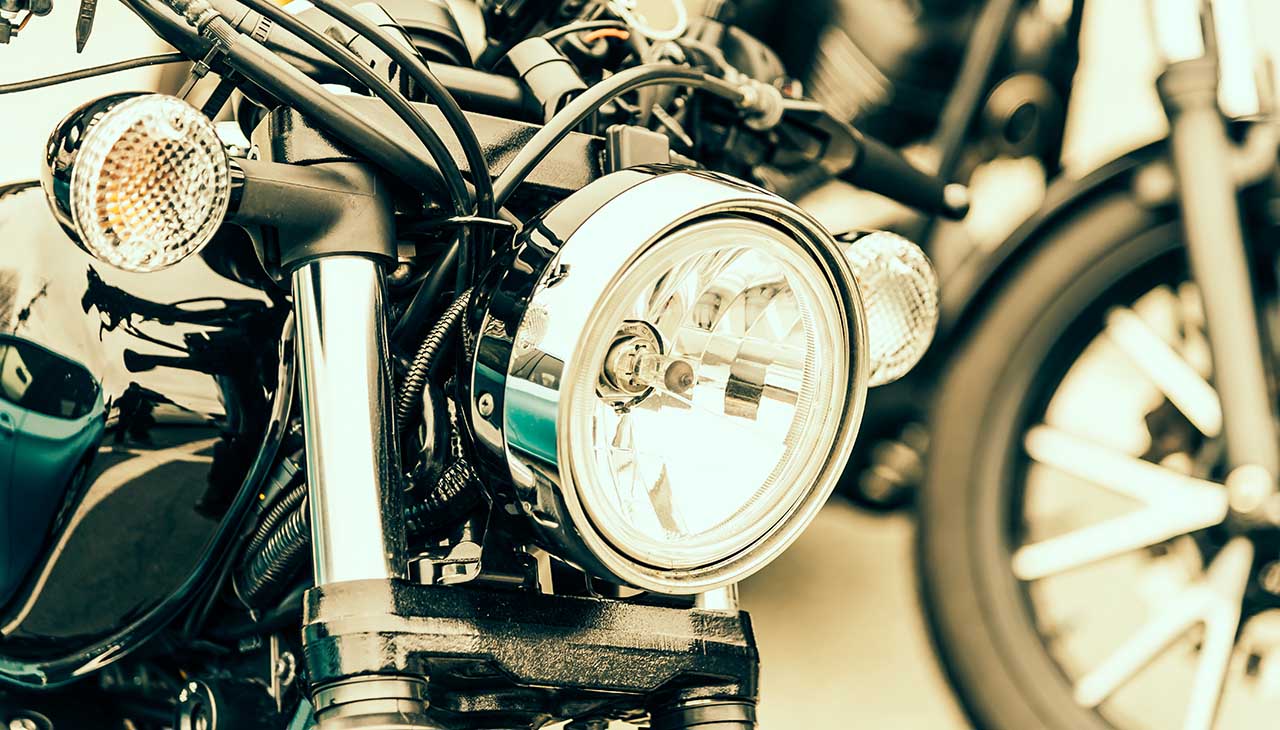Purchasing used motorcycle parts can be a smart way to save money and extend the life of your bike, but it comes with its own set of challenges. The key to success lies in knowing what to look for and where to find the best quality parts that won’t compromise your motorcycle’s performance. This guide will walk you through the essentials of choosing the right used motorcycle parts, from understanding the importance of compatibility and condition to recognizing trustworthy sources. Whether you’re a seasoned mechanic or a motorcycle enthusiast looking to make your own repairs, this buyer’s guide is designed to help you make informed decisions and ensure your ride stays in top shape.
Research and Identification
When looking for used motorcycle parts, the accuracy of your research and identification plays a crucial role. Firstly, ensure you have the exact name or specification of the part you need. This step prevents confusion and increases the likelihood of finding a compatible piece. A common pitfall is purchasing parts that look right but are not suitable for your motorcycle’s specific make, model, and year. Each motorcycle has its unique specifications, and components that might fit a model made in one year might not fit a model made in another. Therefore, it’s essential to check the compatibility of the part not just with the brand of your motorcycle but with its exact model and production year. Consulting the motorcycle’s manual, visiting forums dedicated to your motorcycle’s brand, or seeking advice from seasoned mechanics can significantly aid in this process. Remember, the more precise the information you have, the better your chances of finding the right used part that ensures both performance and safety.
Quality Assessment
Once you have identified the correct part for your motorcycle, the next step involves a thorough quality assessment. Assessing the condition of used motorcycle parts is crucial to ensure that you’re making a worthwhile investment. Key factors to consider include wear and tear, visible damage, and signs of deterioration such as rust or corrosion. Start by closely inspecting the part for any cracks, excessive wear, or other damages that could impact its functionality. Always inquire about the part’s history, including how long it was in use and the reason for its replacement.
Further, to verify the quality and reliability of the seller or source, don’t hesitate to ask for detailed pictures or, if possible, video footage of the part. These can provide a closer look at conditions that might not be immediately apparent in a written description. Reviews and feedback from previous customers can also offer valuable insights into the seller’s credibility and the quality of the parts they supply. Reputable sellers will be transparent about the condition of their parts and willing to provide any additional information to help you make an informed decision. This diligence not only safeguards your motorcycle’s performance but also helps in building a trustworthy relationship with the seller for any future needs.
Compatibility and Fitment
Ensuring compatibility and precise fitment of the used part with your motorcycle is non-negotiable for several reasons. First and foremost, a part that doesn’t perfectly match the specific model and year of your motorcycle can lead to suboptimal performance, or worse, it may render your motorcycle unsafe to ride. Incorrectly fitted parts could potentially cause damage to your motorcycle, leading to costly repairs down the line.
To confirm the part’s fitment, cross-reference the part number with manufacturer specifications whenever possible. This can usually be found in the motorcycle’s manual or by contacting an authorized dealer. Another method is to utilize online databases and forums specific to your motorcycle’s make and model, where you can gather insights from a community of enthusiasts and experts who have faced similar challenges.
Apart from direct fit issues, improperly fitted parts might interfere with other components, affecting the overall functionality and performance of the motorcycle. For instance, an incorrectly sized brake part could lead to braking issues, compromising the rider’s safety. Similarly, mismatched engine components might not only fail to work but could also cause engine damage. Therefore, taking the extra step to ensure that every used part you consider buying is a perfect match for your motorcycle’s specifications is crucial for maintaining its performance and your safety.
Pricing and Value
Evaluating the fair pricing and overall value of used motorcycle parts requires a nuanced understanding of several key factors, including rarity, condition, and the existence of aftermarket alternatives. Rare parts for vintage or discontinued models tend to be priced higher due to the simple economics of supply and demand. The condition plays a significant role as well; a part in near-new condition is undoubtedly more valuable than one that shows significant wear or damage. Furthermore, aftermarket options can impact pricing; original equipment manufacturer (OEM) parts are generally more expensive than aftermarket ones, though they offer guaranteed compatibility and possibly a higher quality.
When comparing prices, start by gathering quotes from multiple sources to establish a baseline. Online marketplaces, local motorcycle parts shops, and forums dedicated to your motorcycle’s make and model can provide a range of pricing information. Remember to compare like with like in terms of part condition, rarity, and OEM vs. aftermarket status.
Negotiating the price is an art that begins with knowledge. Being informed about the part’s retail price, its availability, and alternative options puts you in a stronger position to negotiate. Don’t be afraid to ask the seller for a better deal, especially if you’re armed with evidence that the part is available cheaper elsewhere or if you’re buying multiple items. However, always remain realistic about the value of the part – remember that rarity and condition can justifiably increase the price.
Ultimately, determining fair prices for used motorcycle parts is about striking a balance between cost savings and ensuring you’re not sacrificing quality or safety. By carefully considering the factors that affect pricing and employing effective negotiation strategies, you can make informed decisions that ensure value for your money while keeping your motorcycle in top condition.


